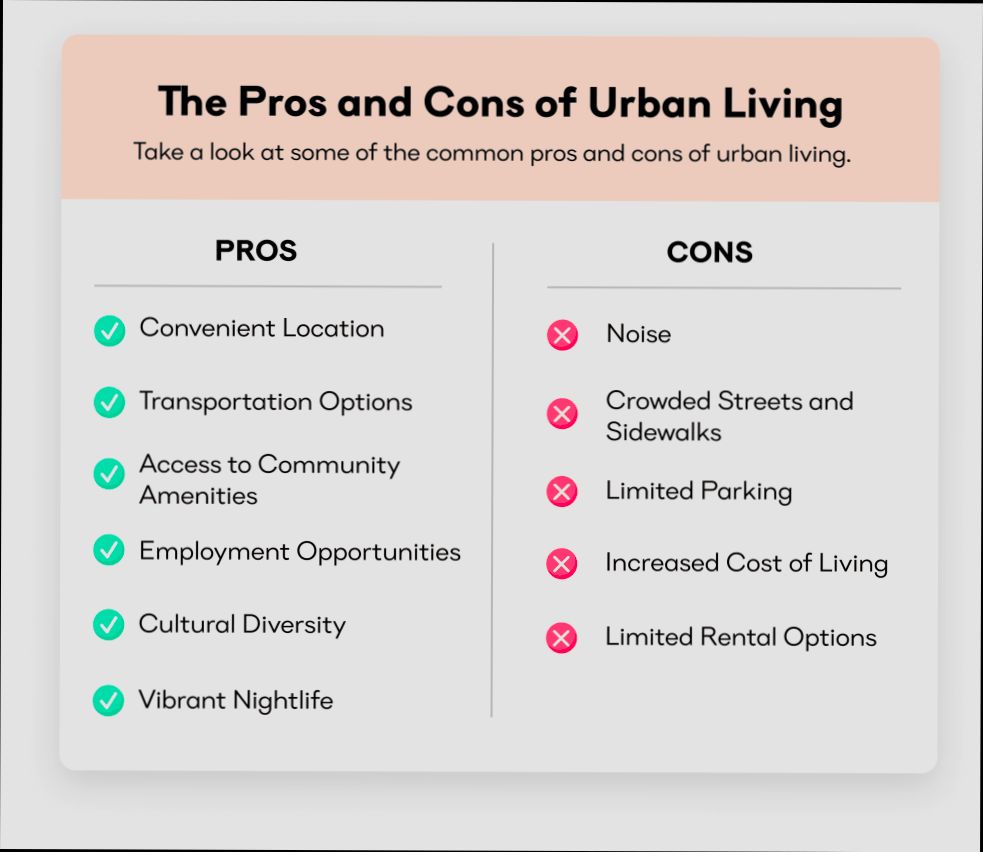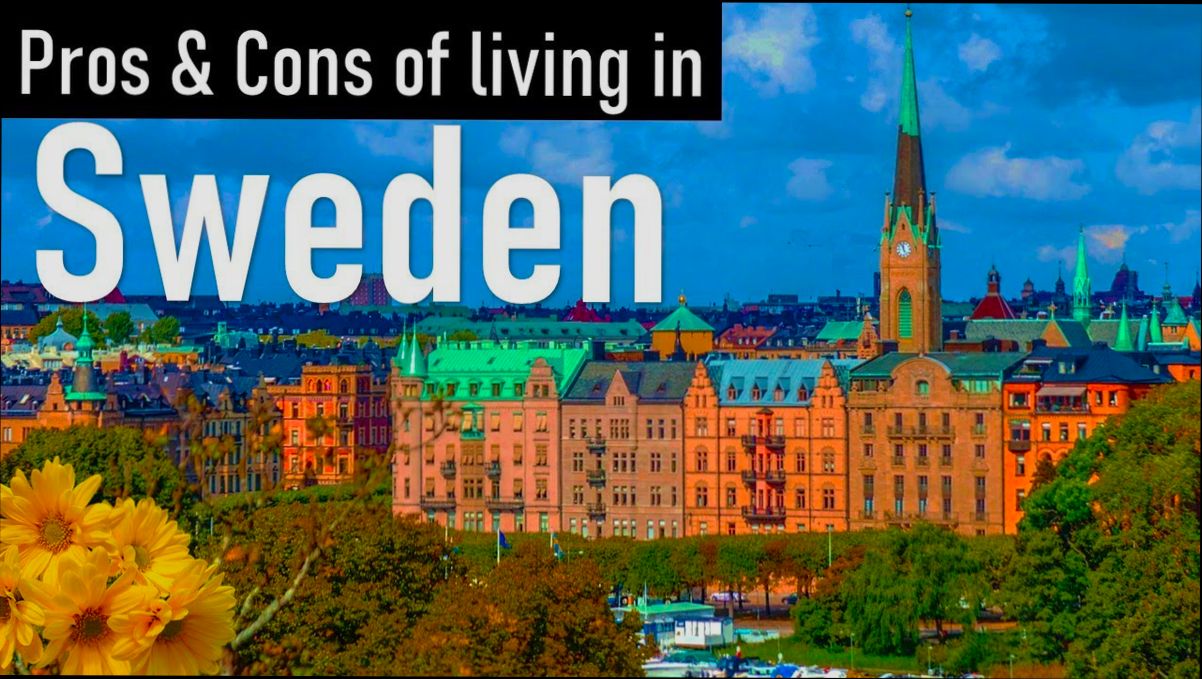Pros and Cons of Living in Sassari bring together a mix of charm and challenges that can really shape your experience. Nestled in the heart of Sardinia, this city boasts a rich history, with its stunning medieval architecture and vibrant cultural scene. Imagine strolling through the lively streets of the historic center, where you can grab a gelato from a local shop or explore the bustling weekly market, all while surrounded by beautiful Baroque buildings. Plus, with around 130,000 residents, Sassari feels intimate yet lively—a perfect blend for someone looking to escape the chaos of larger cities.
On the flip side, like any place, Sassari has its drawbacks. While the cost of living is relatively low compared to larger Italian cities like Milan or Rome, salaries can be less competitive. Finding well-paying job opportunities, especially in specialized fields, might be a bit tricky. Public transport isn’t the best either; if you rely on buses, be prepared for limited schedules that sometimes leave you waiting longer than you’d like. Plus, if you’re a lover of nightlife, the options here might feel more subdued compared to bigger urban hubs. It’s all about weighing these factors based on what matters most to you!
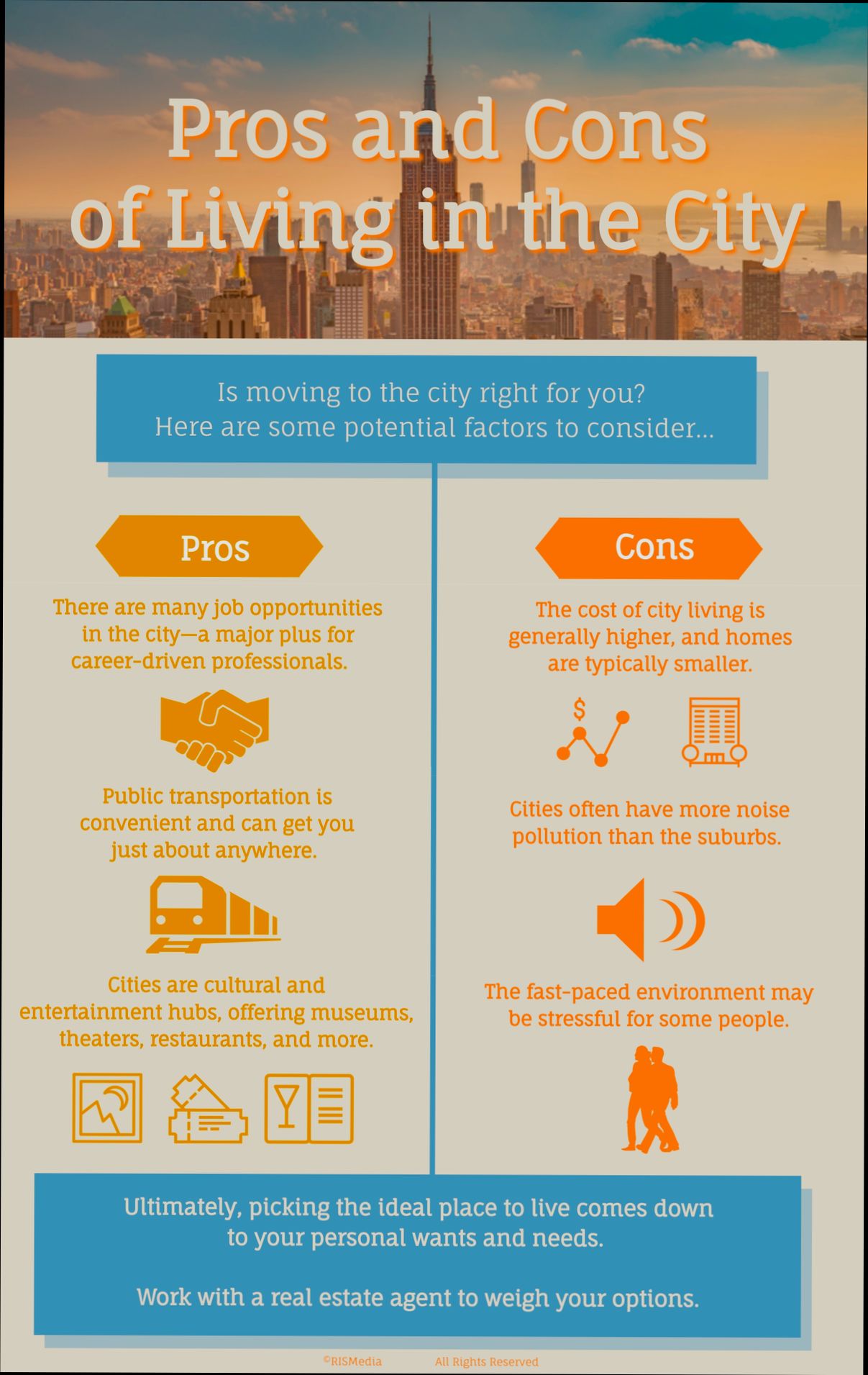
Cost of Living and Affordability
Living in Sassari offers a unique blend of affordability and quality of life, making it an enticing choice for many. Understanding the cost of living in this charming city will help you assess whether it suits your lifestyle and budget.
Sassari boasts a cost of living that is generally lower than many other Italian cities. Here are some key points to consider:
- Housing Costs: The average rent for a one-bedroom apartment in the city center is approximately €500 per month, while outside the city center you can find rentals for around €350.
- Grocery Prices: A typical grocery bill for a single person can range from €200 to €250 monthly, which is about 20% less than the national average in Italy.
- Transportation: Local public transport is economical, with a monthly pass costing around €35. If you own a car, fuel prices are about €1.70 per liter, providing manageable costs for those who travel frequently.
- Dining Out: Eating at local restaurants can be very budget-friendly, with a meal at an inexpensive restaurant averaging about €15.
Here’s a comparative table highlighting some essential cost elements:
| Expense Category | Average Cost in Sassari | National Average in Italy |
|---|---|---|
| Rent (1-bedroom city center) | €500 | €900 |
| Grocery Expenses (monthly) | €200 - €250 | €250 - €280 |
| Public Transport (monthly pass) | €35 | €50 |
| Meal at a cheap restaurant | €15 | €20 |
To illustrate real-world examples of affordability in Sassari, consider Maria, a young professional who recently moved to the city. She finds her monthly expenses around €1,000, including rent, groceries, and leisure, allowing her to save approximately 30% of her income compared to her previous life in Rome. Similarly, when Gianluca, a newly retired resident, decided to settle in Sassari, the lower living costs enabled him to enjoy a more relaxed lifestyle without financial strain.
Understanding the financial implications of your move is vital. Here are a few practical tips for managing your budget while living in Sassari:
- Explore local markets for fresh produce, which can be cheaper than supermarkets.
- Take advantage of public transport, which is both cost-effective and convenient.
- Consider joining community events that often have free or low-cost entry, allowing you to enjoy the local culture without overspending.
If you’re planning a move or just considering Sassari as a potential place to live, take note that your cost of living can be significantly lower than in larger cities. The affordable housing, reasonable grocery prices, and cheap eating out options make it feasible to lead a comfortable lifestyle here.

Cultural Heritage and Community Life
Living in Sassari is not just about enjoying the beautiful landscape; it’s equally about immersing yourself in its rich cultural heritage and vibrant community life. As the second-largest city in Sardinia, Sassari boasts a unique blend of traditions, local customs, and a strong sense of community that can make your experience truly special.
Rich Cultural Traditions
Sassari is renowned for its traditional festivals, which are both a celebration of local culture and a great way to build connections within the community. Key events include:
- Cavalcata Sarda: This festival showcases the region’s equestrian traditions, featuring parades of horsemen dressed in traditional costumes.
- Festa di San Giovanni: Celebrated in late June, this event features music, dancing, and fireworks, offering a lively taste of local life.
Participating in these festivals is essential for anyone looking to integrate into Sassari’s community. Engaging with locals during these occasions provides insight into their way of life and helps establish meaningful connections.
Language and Interaction
Learning Italian plays a crucial role in navigating daily life and fostering connections. The majority of locals communicate in Italian, and having a grasp of the language enhances interactions and community engagement.
- Language classes are widely available, often offered through community centers or local universities, making it accessible for newcomers to pick up essential conversational skills.
Through my own experience, I found that being able to say a few words in Italian opened doors, leading to friendly conversations and invitations to local gatherings that otherwise might have been elusive.
Community Ties
Sardinia is part of one of the five recognized Blue Zones, where communities emphasize healthy living and close relationships. This has a direct impact on community life in Sassari, promoting a strong sense of belonging among residents.
- Statistics show that regions classified as Blue Zones often enjoy longer life expectancy due to their active, engaged lifestyles and community support systems. This underscores the importance of social networks and local connections, which can enhance your everyday experience in Sassari.
| Community Aspect | Description | Importance |
|---|---|---|
| Festivals | Local celebrations showcasing customs and traditions | Build connections, learn culture |
| Language Learning | Opportunities to learn Italian | Enhance interactions |
| Community Involvement | Being part of local initiatives and events | Foster belonging, social ties |
Real-World Examples
Attending events like Cavalcata Sarda not only presents an opportunity to witness awe-inspiring local traditions but also to meet fellow attendees who share similar interests. These encounters often evolve into lasting friendships, creating a supportive network in your new home.
Participating in food festivals, such as those celebrating local cuisine, allows you to taste Sardinian specialties while mingling with residents. Engaging with local artisans who sell crafts at these events can also establish a connection to the region’s creative history.
Practical Tips for Integration
- Attend local festivals: Make it a point to go to at least one traditional festival each month. This is a fun way to learn about the culture and meet people.
- Join community classes: Look for language or cooking classes where you can engage with locals while learning something new.
- Volunteer: Offer your time to local organizations or cultural programs, which can be a fantastic way to meet others while giving back to the community.
Connecting with Sassari’s cultural heritage and community life will enrich your experience and make you feel at home. Embrace the local customs, participate actively, and cherish the relationships you build as you navigate this fascinating city.

Climate Considerations and Outdoor Activities
Living in Sassari means enjoying a Mediterranean climate characterized by hot, dry summers and mild, wet winters. This weather pattern significantly impacts the outdoor lifestyle, making it an attractive destination for nature lovers and adventure seekers alike. Let’s delve into the specifics of how climate considerations can shape your outdoor activities in this charming city.
Seasonal Variations
The climate in Sassari encourages a variety of outdoor activities throughout the year:
- Summer (June to August): Expect average temperatures around 30°C (86°F), perfect for beach outings and water sports. These months offer abundant sunshine, ideal for hiking trails in surrounding areas like the stunning Montiferru region.
- Autumn (September to November): With temperatures gradually cooling to around 20-25°C (68-77°F), this is an excellent time for exploring local vineyards, as this is the grape harvest season. Many residents partake in wine tours and outdoor festivals celebrating the harvest.
- Winter (December to February): Mild winters with average temperatures of about 10-15°C (50-59°F) allow for enjoyable days exploring historical sites without the summer crowds.
- Spring (March to May): This season sees a rise in outdoor activities, including cycling and walking tours, with temperatures ranging from 15-22°C (59-72°F). The blooming flowers enhance the scenery, making hikes particularly beautiful.
Average Monthly Temperatures
| Month | Average Temperature (°C) | Average Rainfall (mm) |
|---|---|---|
| January | 10-15 | 45-60 |
| February | 10-16 | 30-50 |
| March | 11-18 | 20-30 |
| April | 13-22 | 30-40 |
| May | 16-25 | 15-25 |
| June | 20-30 | 5-10 |
| July | 23-32 | 0-5 |
| August | 22-31 | 0-10 |
| September | 18-28 | 20-30 |
| October | 14-23 | 40-50 |
| November | 12-19 | 50-60 |
| December | 10-16 | 50-70 |
Outdoor Activities Popular Among Residents
Sassari provides a diverse range of outdoor activities that cater to different interests:
- Hiking and Trekking: The surrounding natural parks offer trails for all levels. Residents often enjoy hiking trips in nearby forests, especially in the cooler months.
- Water Sports: The proximity to the coast allows for activities like kayaking, sailing, and surfing during the summer. Beaches such as Platamona are particularly popular.
- Cycling: With many dedicated bike paths, outdoor cycling attracts a lot of locals. Almost 20% of residents integrate cycling into their daily commutes and weekend activities.
Real-World Examples
One local favorite is the “Festa della Primavera,” celebrated in April, transforming the city into a vibrant outdoor space filled with music, local foods, and crafts. This festival allows residents to engage in multiple outdoor activities, strengthening community bonds.
Additionally, families often visit nearby beaches on weekends. With several public transport options available and only about €30 for a monthly bus ticket, beach trips become accessible and affordable.
Practical Implications for Residents
Understanding the climate allows you to plan your calendar effectively. Local festivals and seasonal variations can dictate your outdoor engagements:
- Adapting to Heat: Stay hydrated and plan outdoor activities during cooler parts of the day in summer.
- Embrace Local Culture: Participate in seasonal events to fully enjoy the lively outdoor atmosphere of Sassari.
- Explore Nature: Make the most of the mild winter by exploring hiking trails and historical sites without the busy crowds typical of summer.
Specific Facts to Keep in Mind
- The local agriculture, which supports around 10% of employment in the region, ties closely to climate patterns. Participating in harvest-related activities showcases Sassari’s agricultural richness.
- Connecting with fellow residents can reveal various year-round outdoor clubs or sports teams, fostering community and enhancing your outdoor experience.
By appreciating these climate considerations and actively engaging in outdoor activities, you can enjoy a fulfilling life in Sassari.
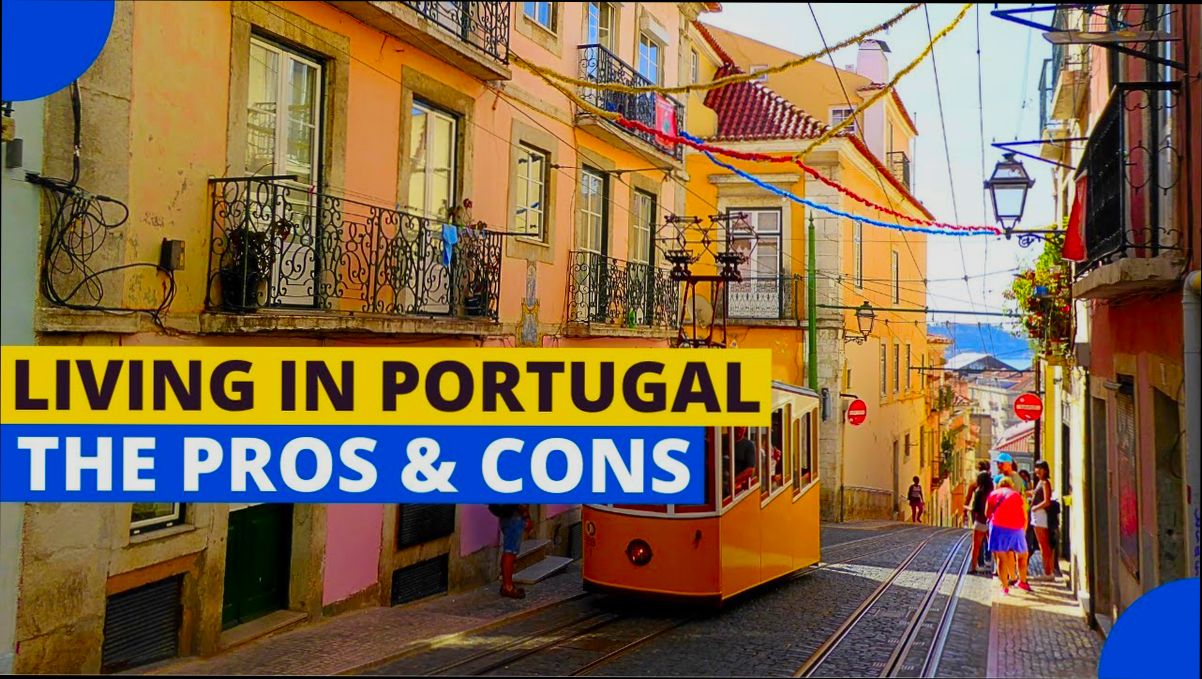
Statistical Overview of Sassari’s Demographics
Understanding the demographics of Sassari provides valuable context for anyone considering a move to this charming city. With its unique cultural and geographical identity, Sassari’s population statistics reveal much about the community you’ll be entering.
The city has a population of approximately 127,000 residents, which creates an intimate environment. Sassari experiences a population density of around 360 inhabitants per square kilometer, which is relatively moderate compared to other urban centers in Italy.
Age Distribution
When looking at the age distribution, you’ll find:
- Approximately 18% of the population consists of children aged 0-14 years.
- Adults aged 15-64 make up around 78%, indicating a predominately working-age population.
- Seniors aged 65 and over account for about 14%, reflecting a growing elderly demographic.
This structure indicates a balanced age distribution, with a significant portion of the population actively contributing to the labor force.
Gender Ratio
It’s also interesting to note the gender ratio in Sassari:
- For every 100 females, there are approximately 94 males.
- This slight imbalance may affect social dynamics and community initiatives, particularly those focused on family-related services.
Education Levels
Education levels in Sassari are notably high, contributing to its skilled workforce:
- About 35% of residents hold a high school diploma or equivalent.
- Approximately 25% possess a degree from a university or higher education institution.
This educated population can foster a vibrant community, driving local innovation and development.
Comparative Demographics Table
Here’s a quick look at Sassari’s demographic breakdown compared to regional averages:
| Demographic Category | Sassari (%) | Regional Average (%) |
|---|---|---|
| Population Density (per km²) | 360 | 500 |
| Aged 0-14 | 18 | 16 |
| Aged 15-64 | 78 | 75 |
| Aged 65+ | 14 | 9 |
| University Graduates | 25 | 22 |
Real-World Examples
Sassari’s demographic landscape reflects its character and community spirit. For instance, local public services have tailored programs to support families with children, given the substantial percentage of the population in this age group. Schools often collaborate on events that celebrate education and cultural heritage, promoting community engagement across all age demographics.
Moreover, local businesses have adapted to cater to a highly educated workforce, often focusing on sectors like technology and tourism. The regional university contributes to this trend by fostering relationships between students and local enterprises.
Practical Implications
Understanding these demographic trends can help you navigate life in Sassari effectively. For instance, if you’re moving with a family, you can find schools that emphasize both academic achievement and community involvement. Alternatively, if you’re a young professional, the vibrant job market can offer various opportunities suited to your skill set.
When considering your move, keep in mind how the demographic landscape—age distribution, education levels, and gender ratios—might influence your daily life and social interactions in Sassari. Fostering connections in a city with a rich social fabric can enhance your living experience.
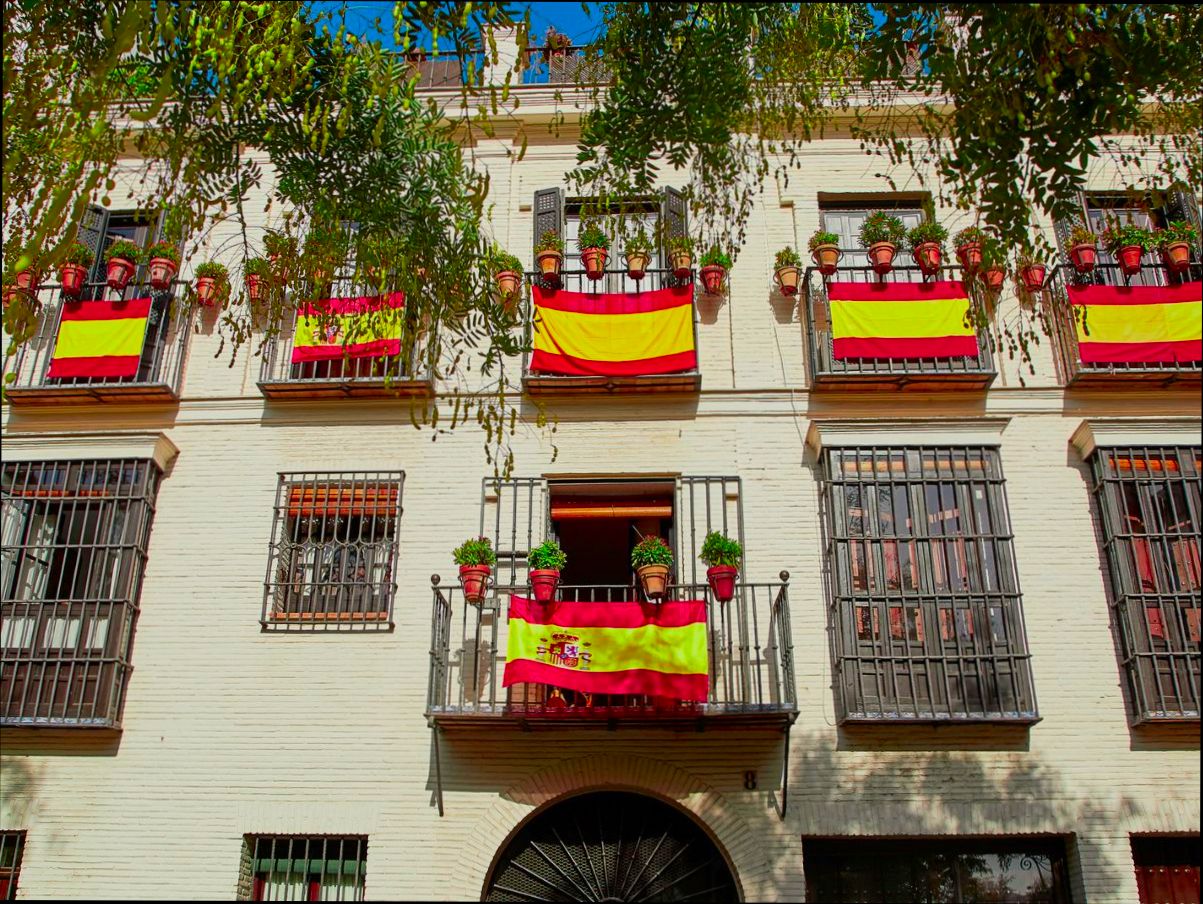
Education Opportunities and School Systems
When considering a move to Sassari, one vital aspect to look into is the local education system. The range of educational opportunities available for both children and adults can significantly influence your family’s experience in this vibrant city. This overview will highlight key aspects of the educational landscape in Sassari, including primary, secondary, and higher education options.
Diverse Educational Institutions
Sassari offers a mix of public and private schools, providing families with various choices:
- Public Schools: Operated by the Ministry of Education, public schools in Sassari adhere to national curriculums, ensuring a standard level of education. The government funds these schools, which benefits families seeking affordable education.
- Private Schools: There are several private institutions that offer specialized programs, often focusing on bilingual education or international curricula. These schools can be ideal for expatriates or those seeking a different educational approach.
According to recent data, approximately 85% of children in Sassari attend public schools, reflecting the community’s trust in the public education system.
Higher Education Options
Sassari is home to the University of Sassari, an institution well-regarded for its diverse program offerings and research opportunities. The university has over 20,000 enrolled students and provides degrees in various fields, including:
- Agronomy
- Veterinary Medicine
- Law
Notably, around 30% of the university’s students come from outside Sardinia, showcasing its appeal beyond local students.
| Education Level | Number of Schools | Approximate Enrollment |
|---|---|---|
| Primary Schools | 25 | 5,000 |
| Secondary Schools | 18 | 4,200 |
| University of Sassari | 1 | 20,000 |
Community Educational Programs
Beyond traditional schooling, Sassari offers a wealth of community educational initiatives. Many local organizations host activities for lifelong learning, such as:
- Language courses for residents and newcomers
- Adult education programs focusing on various skills and trades
These programs are crucial for integration and fostering a sense of community among newcomers.
Real-World Examples
A notable success story comes from the “Piazza delle Idee” program, which encourages children to engage in projects that involve their input and creativity. This initiative not only fosters educational growth but also builds essential social skills.
Another example is the collaboration between the University of Sassari and local businesses, providing students with valuable internships that allow them to gain real-world experience while still in their educational programs.
Practical Implications for Residents
Choosing Sassari for education means benefiting from localized educational programs that emphasize community involvement. You can leverage these initiatives to build a more interconnected life in the city.
When enrolling your children, consider visiting schools during open house events, as they provide invaluable insights into the curriculum and teaching methodologies. Networking with other parents can also yield recommendations and experiences that help you navigate the education system more effectively.
In Sassari, you will find a supportive education system that balances traditional values with modern educational needs, ideal for families looking to settle down and thrive.

Transportation Accessibility and Urban Planning
Transportation accessibility is a significant factor when considering life in Sassari. Efficient public transportation systems, walkable neighborhoods, and urban planning impact your everyday life, from commuting to social activities. Let’s explore how Sassari caters to transportation needs and what that means for residents.
Public Transportation Overview
Sassari features a well-structured public transportation network, offering multiple options for getting around the city and its surrounding areas:
- Buses: The local bus service connects major points within the city and extends to suburbs. Approximately 70% of residents depend on buses for their daily commutes.
- Trains: The Sassari railway station links the city to other major cities, making it convenient for travel. Trains run at least every hour to larger urban centers like Cagliari and Olbia.
- Bicycle Infrastructure: With an increasing focus on sustainability, Sassari has implemented dedicated bike lanes. Around 25% of residents use bicycles for short commutes, contributing to reduced traffic congestion.
Comparative Accessibility Table
| Transportation Mode | Frequency | Coverage Area | Average Cost |
|---|---|---|---|
| Bus | Every 15-30 min | City and suburbs | €1.40 per trip |
| Train | Every hour | Regional routes | €3.50 to nearby cities |
| Bicycle Rentals | Year-round | City center and parks | €2 per hour |
Urban Planning Initiatives
Urban planning in Sassari has prioritized pedestrian-friendly developments, ensuring easy mobility throughout the city. Here are some noteworthy initiatives:
- Mixed-Use Developments: Many neighborhoods are designed with mixed-use zoning, allowing residents to live close to workplaces, shops, and schools. This fosters a vibrant urban life and encourages walking.
- Green Spaces: Parks and recreational areas are integrated within urban plans, improving accessibility to nature while promoting a healthier lifestyle. About 40% of city land is allocated for green spaces.
- Traffic-Calming Measures: To prioritize pedestrian safety, city planners have introduced various traffic-calming measures in high-density areas, such as speed bumps and widened sidewalks.
Real-World Example: The Sa Rodia Project
The Sa Rodia project is a striking example of urban planning aimed at enhancing transportation accessibility in Sassari. This initiative transformed a previously congested area into a pedestrian-friendly zone, featuring:
- Wider sidewalks: Improved foot traffic and made it easier for residents to navigate the area safely.
- Public gathering spaces: Designed to encourage community events and social interactions, which enhance the urban experience.
- Bus stop redesigns: Facilitated better access to public transport while incorporating real-time arrival information, making transit more user-friendly.
Practical Implications for Residents
As you assess living in Sassari, consider how the transportation infrastructure impacts your lifestyle:
- Commute Times: If you rely on public transit, the frequency and accessibility directly affect your daily routines.
- Work-Life Balance: Easy access to amenities and green spaces creates opportunities for leisure activities, promoting overall well-being.
- Health Benefits: A walkable city encourages physical activity; with about 50% of routes designed for pedestrians, it’s conducive to a healthier lifestyle.
Actionable Advice
- Take advantage of the extensive public transportation options available to navigate the city without the added stress of car ownership.
- Explore the biking infrastructure for a sustainable and health-conscious commuting alternative.
- Stay informed about ongoing urban planning projects to maximize your living experience in Sassari and directly influence local developments.

Healthcare Quality and Facilities Availability
When considering life in Sassari, healthcare quality and the availability of medical facilities play a crucial role in ensuring well-being. You want to know that you’ll have access to adequate medical care, whether it’s routine check-ups or emergency situations. Sassari, being a significant city on the island of Sardinia, has a structured healthcare system that you might find appealing.
Healthcare Overview
Sassari’s public healthcare is managed by the Servizio Sanitario Nazionale (SSN), which ensures that residents have access to essential services. Here are some vital statistics regarding healthcare in Sassari:
- Hospital Access: There are multiple hospitals in Sassari, with the largest being the Ospedale Civile di Sassari, equipped with advanced technology and various specialties.
- General Practitioners: The city has around 1.7 general practitioners per 1,000 residents, which helps maintain a good doctor-to-patient ratio.
- Specialized Care: Around 30% of facilities offer specialized services, such as cardiology, orthopedics, and pediatrics, ensuring comprehensive coverage for various health needs.
Comparison of Healthcare Facilities
| Facility Type | Number Available | Percentage of Specialization |
|---|---|---|
| General Hospitals | 2 | 30% |
| Clinics and Medical Centers | 10 | 25% |
| Pharmacies | 40 | - |
| Emergency Services | 3 | - |
Real-World Examples
One of Sassari’s leading healthcare institutions, Ospedale Civile di Sassari, not only caters to the local population but also provides referrals to patients from neighboring regions. This facility emphasizes interdisciplinary care, which means specialists work closely together on patient cases, improving outcomes.
Another example is the presence of numerous pharmacy chains across the city, where nearly 75% are open on weekends, making access to medication more convenient—particularly vital in cases of non-emergent health concerns.
Practical Implications
Understanding the healthcare landscape of Sassari can significantly impact your quality of life. Here are a few practical points to keep in mind:
- Registering for a Family Doctor: It’s advisable to register with a general practitioner as soon as you arrive. The process is straightforward, and it usually takes less than a week.
- Health Insurance: While public healthcare is robust, consider supplemental private insurance for quicker access to specialists or elective procedures.
- Language Barriers: If you’re not fluent in Italian, some facilities may offer English-speaking staff, but it’s a good idea to have a translation app handy for appointments.
By knowing these details about healthcare quality and facility availability, you can make informed decisions regarding your health and well-being while living in Sassari.
